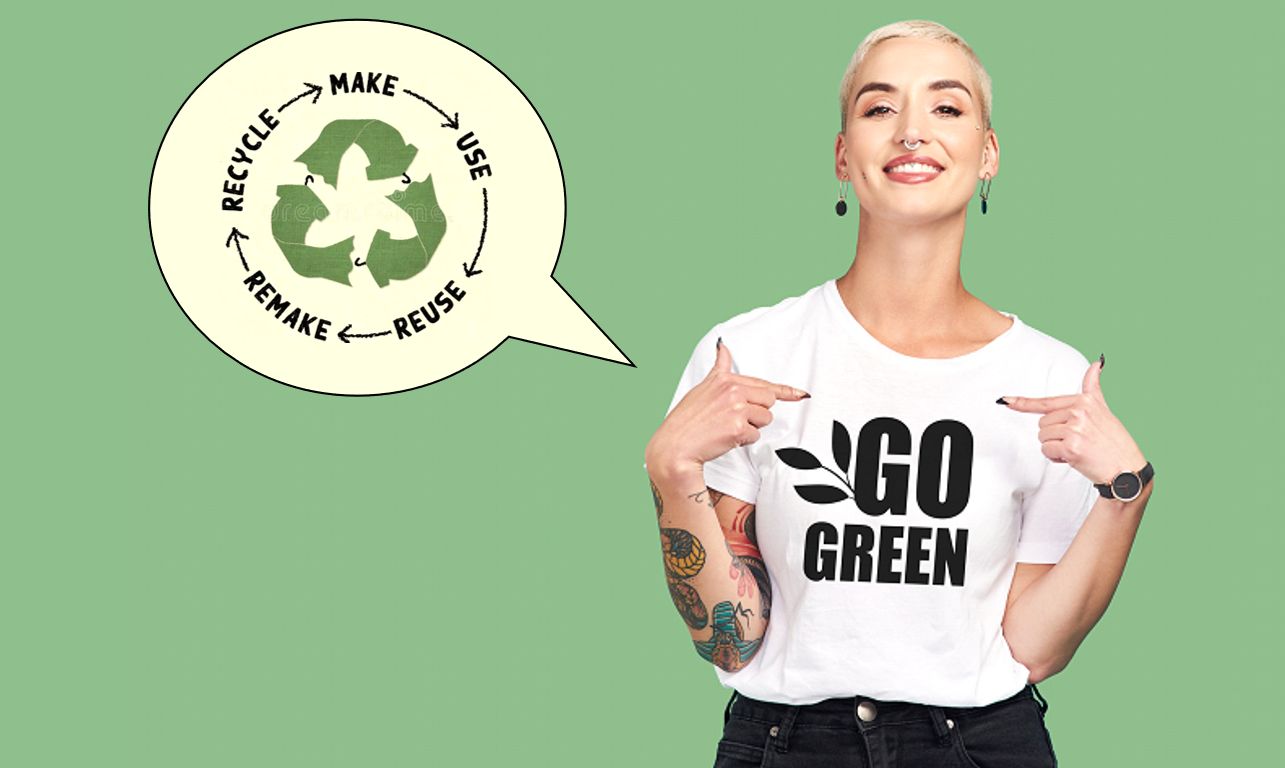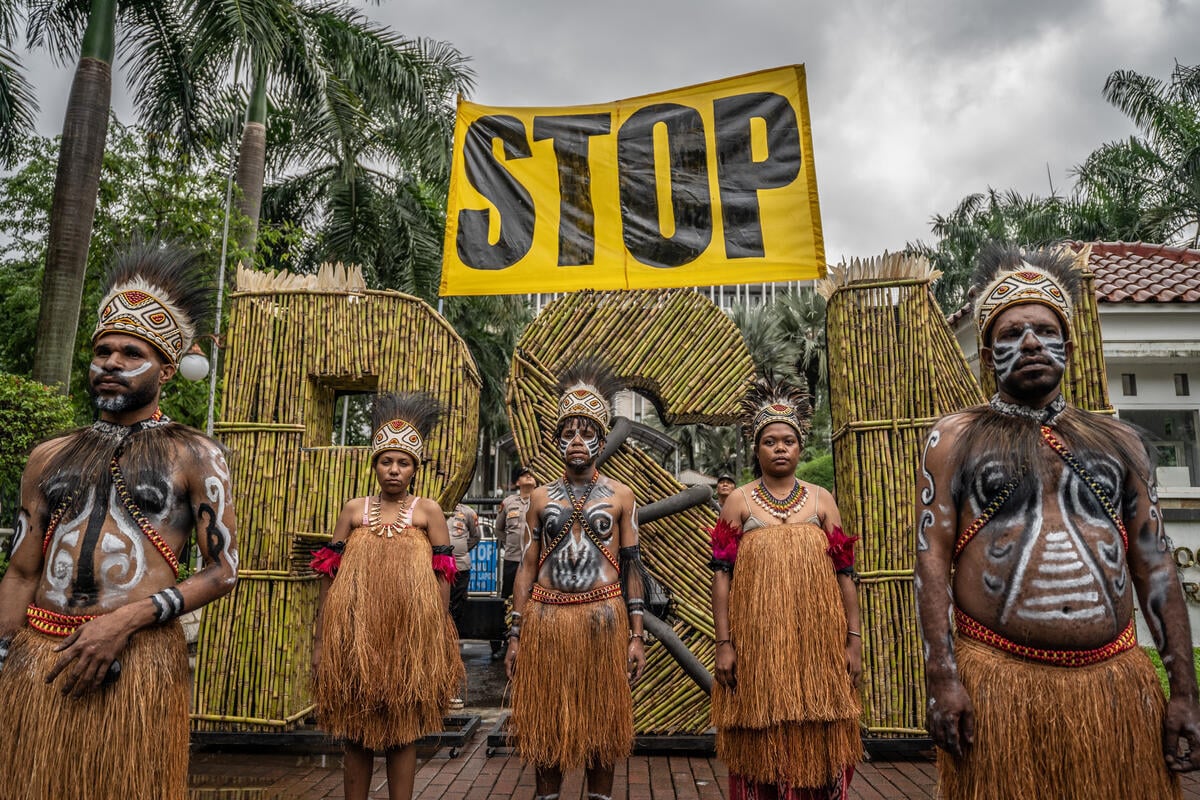Image via Dreamstime.com
In today’s world of rapid trends and instant gratification, fast fashion has become the go-to source for affordable, stylish clothing. Retail giants churn out new collections almost weekly, offering consumers the latest looks at rock-bottom prices. On the surface, it feels like a win-win—fashion-forward wardrobes without the hefty price tag.
But behind the shiny storefronts and flashy sales lies a hidden truth: fast fashion comes at a devastating cost. From environmental destruction to human rights violations, the true price of that $10 shirt is far greater than most of us realize. Understanding the real impact of fast fashion—and why choosing greener alternatives matters—is crucial for building a more just, sustainable future.
What Is Fast Fashion?

Fast fashion refers to mass-produced clothing collections that move rapidly from design to retail stores to meet new trends. The goal is simple: produce high volumes of clothing at a low cost to consumers, encouraging frequent purchases and quick turnover.
Brands like Zara, H&M, Shein, and Forever 21 have built billion-dollar empires on this model, and they’ve reshaped consumer habits in the process. Where once buying clothes was a considered, occasional event, now it’s routine—and disposable. But beneath the affordability and accessibility lies a system that fuels environmental degradation, exploits workers, and contributes to vast amounts of waste.
Environmental Cost of Fast Fashion
One of the most alarming impacts of fast fashion is its effect on the environment.
- Massive Resource Consumption – The global fashion industry is one of the largest consumers of natural resources on the planet. Producing clothes requires enormous amounts of water, energy, and raw materials.
- It takes about 2,700 liters of water to make a single cotton T-shirt—enough drinking water for one person for nearly three years. Textile production accounts for 10% of global carbon emissions, making it a bigger polluter than international flights and maritime shipping combined. Meanwhile, the farming of conventional cotton often involves heavy pesticide and fertilizer use, which pollutes water supplies and harms ecosystems.
- Pollution and Toxic Waste – The fashion industry also generates staggering amounts of toxic pollution. Dyeing and treating fabrics is responsible for about 20% of global industrial water pollution. Synthetic fibers, like polyester, shed microplastics when washed, which flow into rivers and oceans, entering the food chain. Many garments are produced using toxic chemicals that can harm both factory workers and the environment. Improper disposal of untreated wastewater from textile factories further contaminates local communities and ecosystems.
- Mountains of Textile Waste – Fast fashion’s business model encourages frequent buying—and frequent discarding. Global consumers buy 60% more clothes than they did 20 years ago but only keep each item for half as long. The result? 92 million tons of textile waste are generated each year. Most discarded clothing ends up in landfills or is incinerated, releasing even more greenhouse gases. Only a small fraction of clothes are recycled or repurposed. This throwaway culture is both wasteful and deeply unsustainable.
Human Cost of Fast Fashion
Beyond environmental damage, fast fashion has a profound human toll—especially on the most vulnerable populations.
- Exploitative Labor Practices – To keep prices low and profits high, many brands outsource production to countries with lax labor laws and cheap labor costs.
- In these garment factories, workers often face unsafe working conditions, long hours, and poverty wages.
- Child labor and forced labor are still disturbingly common in parts of the supply chain.
- Health risks from exposure to harmful chemicals and unsafe machinery are widespread.
- The 2013 Rana Plaza disaster in Bangladesh was a watershed moment, where over 1,100 garment workers died when a poorly maintained factory collapsed, exposed the shocking reality behind cheap clothing. Yet, despite widespread outrage, unsafe conditions persist in many parts of the fashion supply chain.
- Lack of Workers’ Rights – Many garment workers have limited or no rights to organize, demand better conditions, or negotiate fair wages. Without strong labor protections, workers are often trapped in cycles of poverty and exploitation. Consumers rarely see this side of the fashion industry—but our buying choices directly impact the lives of millions.
Why Going Green Matters

Choosing greener, more ethical fashion isn’t just a trend—it’s a necessary shift toward a more sustainable, equitable world.
- Protecting the Planet – Every eco-friendly garment purchased, every plastic-free shipment chosen, and every upcycled item embraced helps reduce the environmental impact of fashion.
- Sustainable textile materials like organic cotton, hemp, and Tencel use fewer resources and fewer chemicals.
- Eco-conscious brands often employ cleaner production methods and renewable energy.
- Buying less and buying better reduces waste and demand for resource-heavy production.
- Collectively, consumer shifts toward greener choices can drive systemic change in the industry.
- Supporting Ethical Labor – Choosing ethical brands supports businesses that prioritize fair wages, safe working conditions, and transparent supply chains. Consumers can empower garment workers by:
- Seeking out Fair Trade Certified products.
- Researching brands’ labor practices.
- Demanding accountability and transparency from major companies.
- Every dollar spent is a vote for the kind of world we want to live in.
- Encouraging a Circular Economy – Moving away from the fast fashion model means embracing a circular economy—one where resources are reused, recycled, and kept in use for as long as possible.
- Secondhand shopping extends the life of garments.
- Clothing rental services reduce demand for new production.
- Repairing and repurposing clothing minimizes waste.
Circular fashion challenges the disposable culture that fast fashion promotes and fosters more mindful consumption.
How to Embrace Greener Fashion Choices
Making a shift toward sustainable fashion doesn’t have to be overwhelming. Small changes, adopted consistently, add up to big impact.
Tips to get started:
- Buy less, choose well: Focus on quality pieces you love and will wear often.
- Shop secondhand: Thrift stores, vintage shops, and online resale platforms offer great options.
- Support sustainable brands: Research companies committed to ethical and eco-friendly practices.
- Care for your clothes: Wash less often, use cold water, air dry, and repair when needed.
- Educate yourself and others: The more we know, the better choices we can make—and inspire others to do the same.
Final Thoughts
Fast fashion may offer the allure of quick trends and low prices, but the environmental and human costs are far too high. Each cheap garment comes at the expense of precious resources, polluted ecosystems, and exploited workers.
The good news is that change is possible—and it starts with us. By choosing greener fashion alternatives, supporting ethical brands, and embracing more mindful consumption habits, we can transform the industry and pave the way for a more sustainable future.
Going green in fashion isn’t about giving up style—it’s about aligning our values with our choices, and recognizing that true beauty lies not just in what we wear, but in the impact we make on the world.
Source link
ecoideaz www.ecoideaz.com



